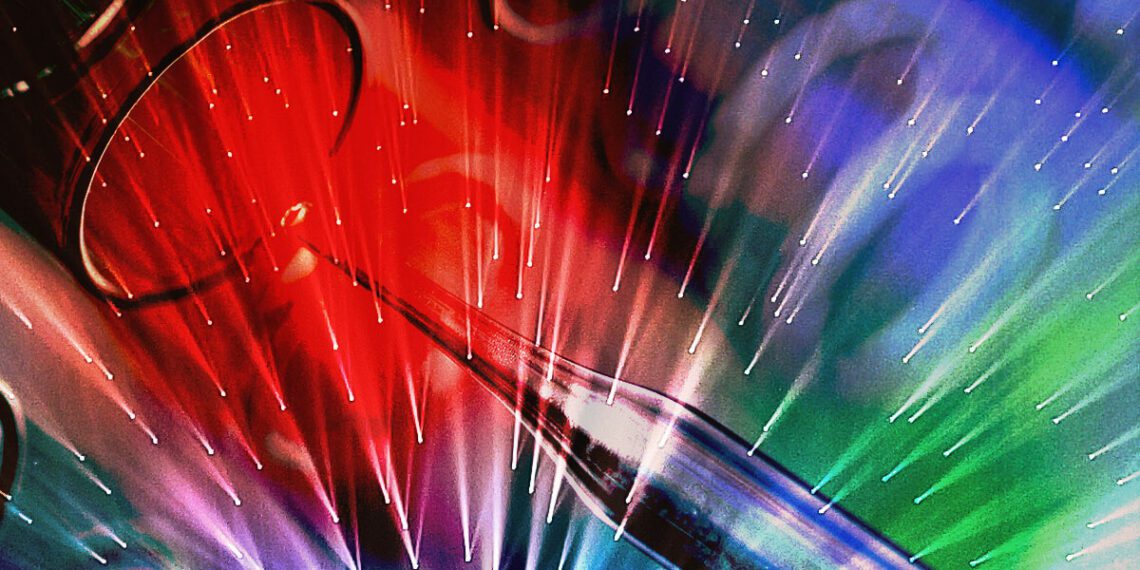Investigadores de TNO . CBRN Protection de los Países Bajos, presentan un método para verificación por parte de la Organización para la Prohibición de Armas Químicas (OPAQ) y para investigaciones forenses periódicas. Existe un método bien aceptado para la evaluación de la exposición a agentes nerviosos basado en el análisis espectrométrico de masas de un nonapéptido con el residuo de serina-198 modificado por el agente nervioso, pero este enfoque aún no se ha informado para la clase de agentes Novichok y requiere la disponibilidad de estándares de referencia.
Researchers from TNO−CBRN Protection, The Netherlands, present an important method for verification purposes by the Organisation for Prohibition of Chemical Weapons (OPCW) and for regular forensic investigations.
There is a well-accepted method for assessment of nerve agent exposure based on mass spectrometric analysis of a nonapeptide with the serine-198 residue modified by the nerve agent, but this approach has not yet been reported for the class of Novichok agents and requires the availability of reference standards.
This study aims to first verify the utility of the nonapeptide method for the characterization of human plasma samples exposed in vitro to the Novichok nerve agents A-230, A-232, and A-234. The researchers then evaluate the possibility of identifying unknown exposures by applying precursor ion scanning in combination with high resolution mass spectrometry (HRMS).
Precursor ion scanning, with a generic fragment ion (m/z 778) of the nonapeptide, was used to pinpoint any modified nonapeptide, while HRMS was used for structural elucidation of the adduct moiety. Use of HRMS enabled differentiation between adducts of agents with similar molecular masses.
A new unique feature that could be exploited for Novichok agent nonapeptide analysis was that the modification was released from the peptide during fragmentation in the mass spectrometer and was detected in the low-mass region of the mass spectrum. This low-mass region was extremely informative and contributed to the assignment of the structure of the particular agent used, which is especially important in case no reference materials are available.
Fuente: https://globalbiodefense.com


